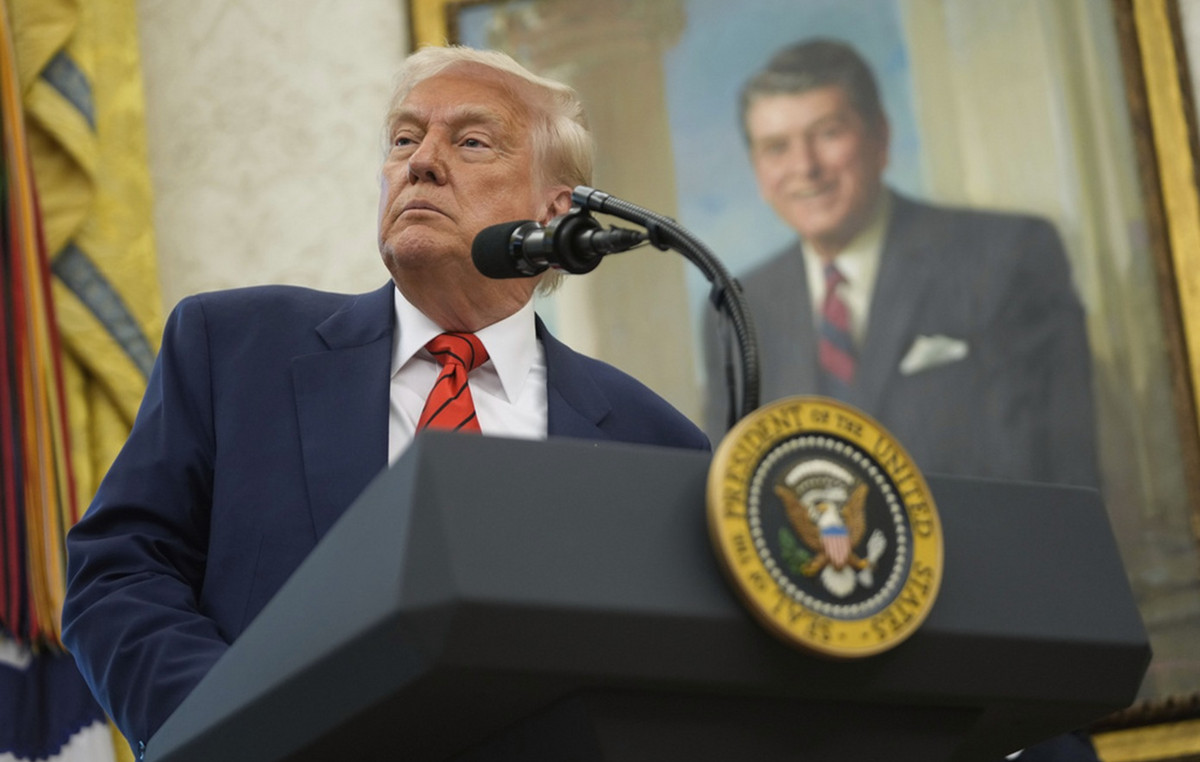- The Australian Dollar has lost some momentum in recent sessions despite the RBA’s hawkish stance.
- Treasury yields benefit the US Dollar on Thursday.
- The next set of crucial data for the Australian economy will be released in the Friday session with Judo Australia’s June PMI figures.
In Thursday’s session, the Australian Dollar (AUD) recorded some losses against its peers. This development follows AUD/USD pulling back after two consecutive sessions of gains towards 0.6670, finally succumbing to the rise in US Treasury yields boosting the USD.
Signs of fragility are emerging in the Australian economy; However, persistently high inflation is causing the Reserve Bank of Australia (RBA) to postpone potential rate cuts, which could mitigate further losses. The RBA is set to be one of the last G10 nations to initiate rate cuts, a situation that could perpetuate the Australian Dollar’s gains.
Market drivers: Australian dollar consolidates RBA gains, attentive to PMIs
- The RBA once again demonstrated a hardline stance, keeping the official cash rate (OCR) at 4.35% without committing to a particular future stance, repeating its phrase “the Board is not ruling anything out.”
- In her subsequent press conference, RBA Governor Michelle Bullock reiterated the Board’s discussions of potential rate hikes and dismissed considerations of rate cuts in the near term.
- In light of this, the RBA expressed its willingness to do “whatever it takes” to guide inflation back within target parameters.
- The market anticipates almost 50 basis points of easing by December 2025, while rate hikes in August and September are not yet ruled out.
- Further indications will come from the Judo Bank of Australia’s upcoming preliminary Purchasing Managers’ Index (PMI) data, due to be released on Friday.
- It is expected that signs of recovery in the Australian economy could force the RBA to delay rate cuts, which could lift the Australian Dollar against the USD.
- US Treasury yields saw a considerable rise, with gains exceeding 1%. The 2-year, 5-year and 10-year yields stood at 4.74%, 4.29% and 4.27%, respectively, and appear to be driving demand towards the USD.
Technical Analysis: Bullish Signals Moderate, Confirmation Still Awaiting
On the technical front, the indicators are losing some intensity despite the recovery of the Relative Strength Index (RSI), which has risen back above 50, while the Moving Average Convergence/Divergence (MACD) chart ) draws a new green bar.
However, it is worth mentioning that these are still buy signals. For stronger buy confirmation, the AUD/USD pair needs to anchor completely above the 20-day SMA. In that sense, sellers could retest the support in the coming sessions to evaluate its strength.
The RBA
The Reserve Bank of Australia (RBA) sets interest rates and manages Australia’s monetary policy. Decisions are made by a Council of Governors in 11 meetings a year and in any ad hoc emergency meetings that are necessary. The RBA’s main mandate is to maintain price stability, which means an inflation rate of 2%-3%, but also “…contribute to currency stability, full employment and economic prosperity and well-being of the Australian people. Its main tool to achieve this is to raise or lower interest rates. Relatively high interest rates will strengthen the Australian Dollar (AUD) and vice versa. Other RBA tools include quantitative easing and tightening monetary policy.
Although inflation has traditionally always been considered a negative factor for currencies, since it reduces the value of money in general, the truth is that in modern times the opposite has happened with the relaxation of cross-border capital controls. Moderately high inflation now tends to lead central banks to raise interest rates, which in turn has the effect of attracting more capital inflows from global investors looking for a lucrative place to store their money. This increases the demand for the local currency, which in the case of Australia is the Australian Dollar.
Macroeconomic data gauges the health of an economy and can impact the value of its currency. Investors prefer to invest their capital in safe and growing economies than in precarious and contracting economies. A greater influx of capital increases aggregate demand and the value of the national currency. Classic indicators such as GDP, manufacturing and services PMIs, employment and consumer sentiment surveys can influence the AUD. A strong economy may encourage the Reserve Bank of Australia to raise interest rates, also supporting the AUD.
Quantitative Easing (QE) is a tool used in extreme situations in which lowering interest rates is not enough to restore the flow of credit in the economy. QE is the process by which the Reserve Bank of Australia (RBA) prints Australian Dollars (AUD) in order to purchase assets – typically government or corporate bonds – from financial institutions, providing them with much-needed liquidity. . QE usually results in a weaker AUD.
Quantitative tightening (QT) is the reverse of QE. It is carried out after QE, when the economic recovery is underway and inflation begins to rise. While in QE the Reserve Bank of Australia (RBA) buys government and corporate bonds from financial institutions to provide them with liquidity, in QT the RBA stops buying more assets and stops reinvesting the maturing principal of the bonds. bonds you already own. It would be positive (or bullish) for the Australian Dollar.
Source: Fx Street
I am Joshua Winder, a senior-level journalist and editor at World Stock Market. I specialize in covering news related to the stock market and economic trends. With more than 8 years of experience in this field, I have become an expert in financial reporting.







